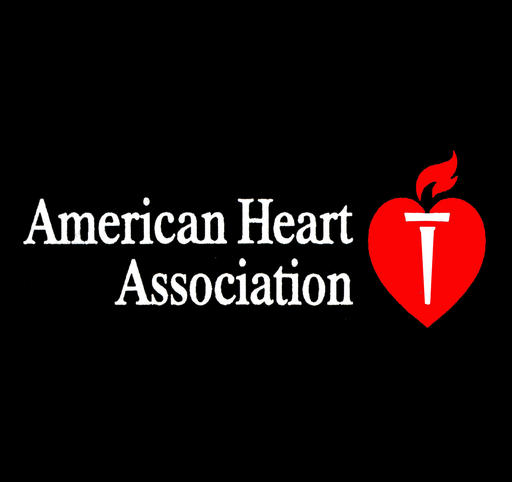American Heart Association Offers Free Resources
 March is National Nutrition Month and the American Heart Association is asking employers, “How healthy is your workplace?”
March is National Nutrition Month and the American Heart Association is asking employers, “How healthy is your workplace?”
More than two-thirds of American adults are overweight or obese, putting them at risk for heart disease and stroke as well as many other chronic illnesses and conditions, according to the AHA, and less than one percent of Americans have an ideal diet, as measured by sodium and sugar intake; fruit, vegetable and fish consumption; and more.
As part of the American Heart Association’s (AHA) health impact goal of helping all Americans improve their cardiovascular health, the AHA is encouraging employers to create a healthy work environment and promote a healthy lifestyle for their employees. The AHA has created the Healthy Workplace Food & Beverage Toolkit to assist companies achieve a culture of health.
Making healthy changes in the workplace, where many adults spend much of their day, is an important way to help people be healthier, according to the AHA. A 2010 study showed that improving the types of foods and beverages served and sold in the workplace positively affected employees’ eating behaviors and resulted in net weight loss.
The AHA wants to create an environment where the healthy choice is the default or easy choice. Maintaining a healthier workforce can lower direct costs such as insurance premiums and worker’s compensation claims. It will also positively affect many indirect costs such as absenteeism and worker productivity.
The toolkit is designed for organizational leaders or anyone involved with providing workplace food and beverages, from choosing offerings in the office vending machine and cafeterias, or off-site special events involving catering.
The toolkit recommends that organizations support healthier choices to help create a culture of health at the workplace. Priorities include offering nutritious food and beverage options in vending, cafeterias and at meetings and events; offering physical activity opportunities that help workers achieve at least 30 minutes of physical activity each day; and providing a tobacco-free environment.
By following these recommendations, employers can foster a culture of health in the workplace where healthy choices are the easiest choices.
For example, at company meetings, organizers can make a policy to replace pastries and donuts with healthier yogurt and fruit. They can remove sugar-sweetened beverages as a choice at meetings, and only offer water or 100% juices. They can put the healthiest choices, like salad, whole grain breads or fruit, at the beginning of the food buffet, or use smaller serving plates.
Other nutrition recommendations include reducing and ultimately eliminating sugar-sweetened beverages, candy and other non-nutritious foods; reducing sodium, added sugars, saturated fat, grains high in dietary fiber; providing reasonable portion sizes; and identifying and using food vendors who offer healthier choices.
According to the AHA, the aim is not to take away personal liberties, but to create a healthier work environment that will benefit everyone, and avoid the devastation and personal loss that heart disease and stroke causes in employees and their families. To learn more, visit www.heart.org/foodwhereur.

